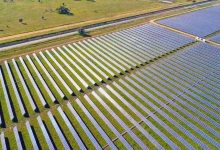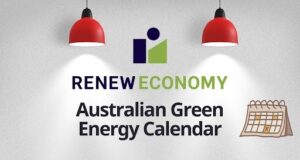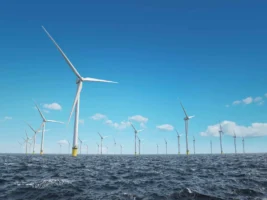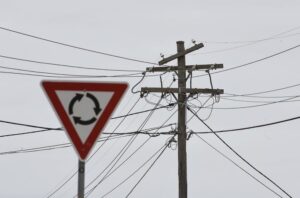A new set of rules on the connection process for new wind, solar and battery projects – the subject of numerous delays, cost-blowouts and tensions between developers and contractors – has been unveiled by the energy market rule maker.
The new rules follow almost four years of consultation and discussion between the energy industry and the Australian Energy Market Operator about streamlining the so-called R1 registration process, a constant source of frustration for the renewable industry.
The Clean Energy Council submitted a proposed rule change more than 12 months ago, and after a draft ruling was released this year, the final ruling has been unveiled by the Australian Energy Market Commission that it says should provide more clarity and a smoother process.
Renewable energy developers say they were often caught by surprise by the connection process, already described as one of the most complex in the world, supposedly because of Australia’s long and “skinny grid”, and complained they had little visibility over the reasons for certain decisions, and no avenue of appeal.
The whole connection regime, which involves AEMO, network owners and developers and contractors, have been cited as one of the major challenges for new projects.
Delays in connections often led to lost revenue and penalty payments from contractors to developers that caused some to collapse and others to exit the industry. Some projects were forced to wait for years to get their connection approvals. Some are still waiting.
“The proposed rule change …. will lower investment costs through reduced risk premiums, which will flow through to lower wholesale prices,” the CEC wrote in its submission last May. “Speeding up the connection of new generation
will also help manage reliability risks.”
The AEMC on Thursday said there was a lack of clear obligations and timeframes in the connections process, and the new rules address those issues by imposing timeframes and more certainty, and introducing more transparency into the whole process.
“With nearly 600 renewable energy generation and storage projects currently in the connection queue, it is critical that we speed up the process without compromising system security,” AEMC chair Anne Collyer said in a statement.
“The final rule will help bring safe, clean and more affordable electricity to Australian homes and businesses sooner. It also aims to create greater certainty for the future clean energy investors that are needed to reach the nation’s emissions reduction targets.”
Some of the changes since the draft rule was released include the requirement that new information must be included in the registration information resource and guidelines to provide connection applicants with greater certainty as to when and how AEMO and NSPs conduct their R1 assessments.
Another is a new 60 business day timeframe for AEMO to either provide an update to the connection applicant as to the status of its assessment, or to inform the applicant that it is ready to proceed to registration.
The new rules will also allow AEMO to conditionally register generators, subject to AEMO consulting on when this may be appropriate through its registration information resource and guidelines.










